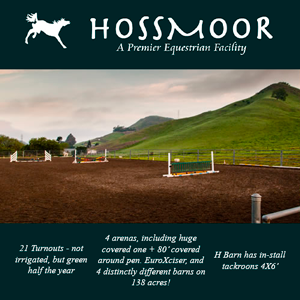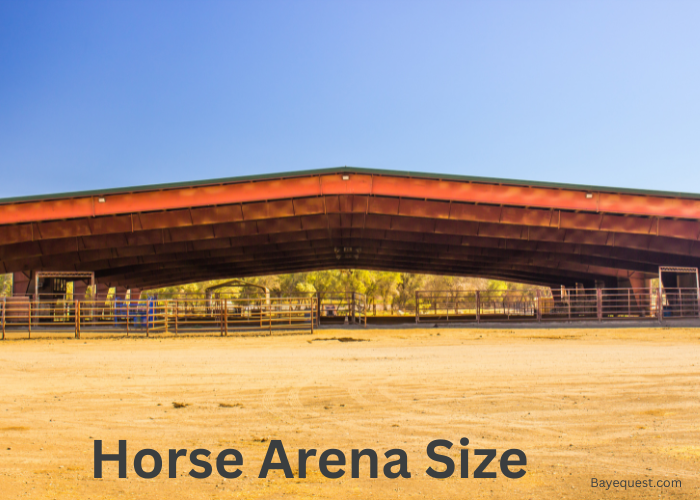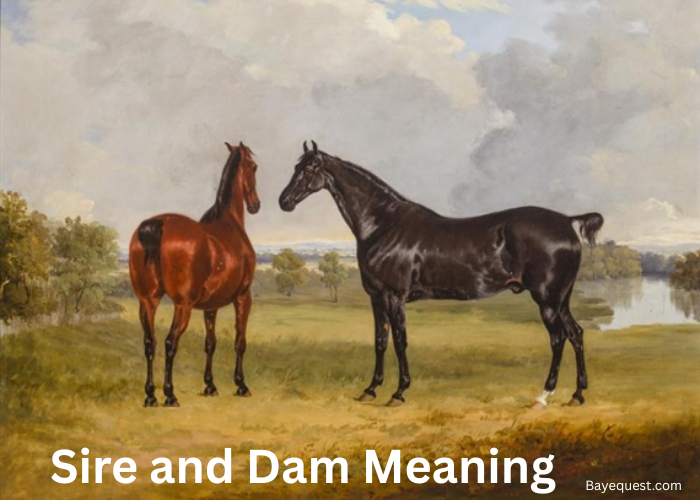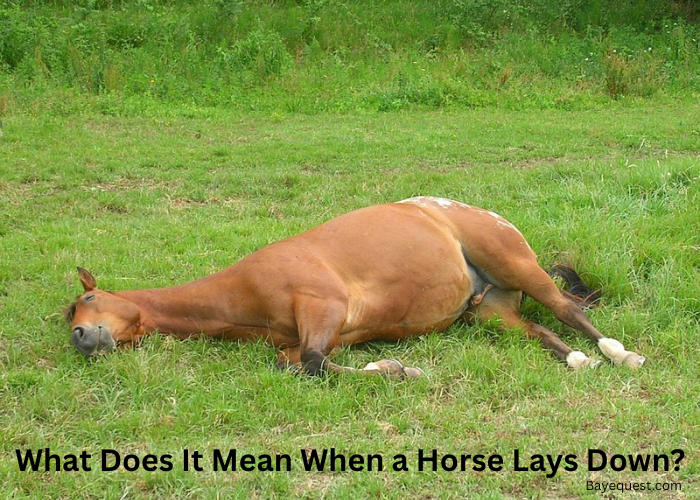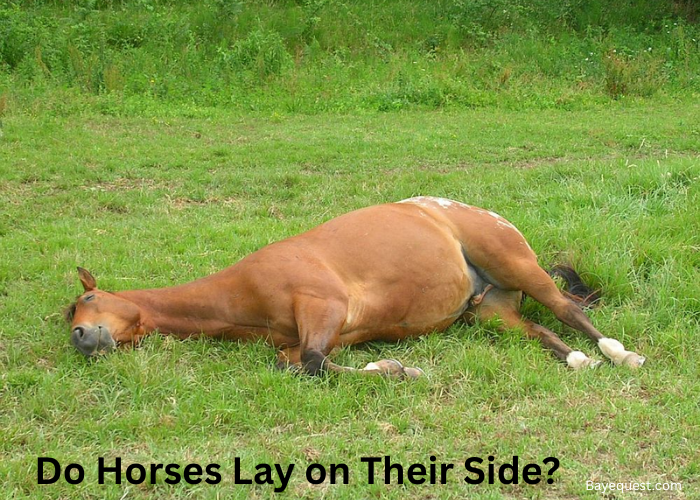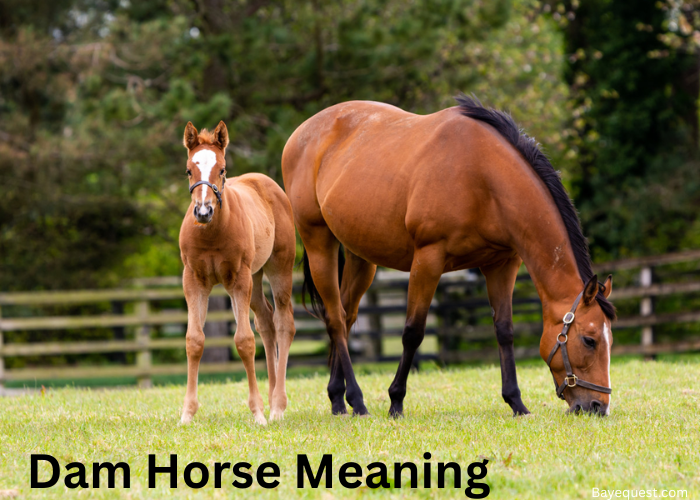Choosing the right size for a horse arena isn’t just about fitting it on your land. It shapes how you ride, how your horse moves, and how safely you can train.
A cramped space can ruin a good session. Too much space can also cause you to lose rhythm and control.
From quiet groundwork to full-on show jumping, the right dimensions make everything smoother. Some sizes follow tradition.
Others meet strict competition rules. And a few just work better for daily use.
This guide breaks down the most common arena sizes, and helps you find the perfect fit for your riding goals.
Horse Arena Size: Key Takeaway
The ideal horse arena size varies by use. Small arenas (20m x 40m) are great for warm-ups and basic training. Standard arenas (30m x 60m) suit dressage, jumping, and everyday riding. Large arenas (40m x 80m) are ideal for competitions and complex routines. Choose based on discipline, space, and training needs.
What is the Standard Horse Riding Arena Size?
When choosing the size of a horse arena, there are four main options: private, standard, medium, and large.
Private arenas are the smallest, measuring 20 meters by 20 meters (66 feet by 66 feet). They are ideal for personal training, groundwork, and lunging.
These arenas suit single-horse sessions and light riding. However, they are too small for advanced movements or multiple horses.
The standard arena size is 20 meters by 40 meters (66 feet by 131 feet). This is the most common size for general equestrian training, dressage, and small jumping exercises.
It’s versatile and suits most non-competitive training routines. Medium-sized arenas are a bit larger at 20 meters by 50 meters (66 feet by 164 feet).
They offer more room for advanced training and casual competitions. This size allows for extended canter strides and more complex movements, making it a good choice for multi-purpose riding.
The largest size is the competition arena, measuring 20 meters by 60 meters (66 feet by 196 feet). These arenas are used for professional training and formal events like Olympic dressage.
They provide ample space for complex routines and accommodate multiple horses. Large arenas are best for competition venues or professional training facilities.
In summary, the right size depends on your training needs, available space, and intended use.
Read also: How Big Should a Horse Stall Be?
| Arena type | Width (meters) | Length (meters) | Width (feet) | Length (feet) | Suitable for: |
| Private | 20 | 20 | 66 | 66 | Basic training, lunging |
| Standard | 20 | 40 | 66 | 131 | General training, light jumping |
| Medium | 20 | 50 | 66 | 164 | Advanced training, casual competitions |
| Large | 20 | 60 | 66 | 196 | Professional training, competitions |
Why Does Horse Arena Size Matter?
Horse arena size matters because it affects safety, training, and the riding experience.
Choosing the right size helps horses move comfortably without feeling cramped. It also allows riders to train more effectively.
A well-sized arena makes it safer for horses to trot, canter, or perform dressage routines. If the arena is too small, horses may struggle to make tight turns or stop safely.
This can lead to accidents, especially in fast-paced activities like jumping or barrel racing. Training is more efficient when the arena is the right size.
Small arenas work for basic exercises and groundwork. But they can limit advanced movements and complex routines.
Larger arenas give more space for transitions, cantering, and precise maneuvers. This helps improve the horse’s performance and the rider’s control.
A good arena size also makes the space more versatile. Medium and large arenas are suitable for different activities, from simple training to competitions.
This flexibility is useful if you train for events or work with multiple horses. Bigger arenas are also better for spectators during shows or clinics.
In short, arena size matters because it keeps training safe, improves performance, and makes the space more useful.
Choosing the right size helps both horse and rider get the most out of their practice.
Factors Influencing Horse Arena Size
Several factors influence the size of a horse arena. Some of the factors are:
Purpose and discipline
Different riding activities require different arena sizes. Dressage arenas are usually longer to accommodate precise movements.
Jumping arenas need extra space for obstacles and safe landings. Western riding arenas often need wider spaces for barrel racing and roping.
Think about what you’ll use the arena for before deciding on the size.
Number of horses
If you plan to train multiple horses at once, you’ll need a larger arena. Crowded spaces can lead to accidents and limit each horse’s movement.
Larger arenas reduce the risk of collisions and make group training safer and more efficient.
Available space
Sometimes, the land you have determines the arena size. If space is limited, you may need to compromise on the ideal dimensions.
You can still make a functional arena by carefully planning its shape and layout.
Budget
Building and maintaining a larger arena costs more. You’ll need extra materials for fencing, footing, and maintenance.
Consider your budget when choosing the size. It’s better to have a smaller, well-maintained arena than a large, neglected one.
Climate and weather conditions
In regions with heavy rain or snow, indoor arenas may need to be smaller to keep costs manageable.
Outdoor arenas in hot climates might require shade structures, which would increase the cost. When planning the arena, consider the local climate.
Usage frequency
If you use the arena daily for training, investing in a larger, well-constructed arena makes sense.
For occasional use, a smaller or medium-sized arena might be enough.
Future expansion
If you plan to expand your training programs, choose an arena size that allows for future growth.
You might start with a smaller space and later extend it if needed.
Location: Indoor vs outdoor
The location of a horse arena, whether indoor or outdoor, greatly influences its size. Indoor arenas are smaller due to construction and cost limitations.
They usually range from 20m x 40m to 20m x 60m, providing enough space for training while being manageable to maintain.
Indoor arenas are ideal for regions with harsh weather, allowing year-round use. Outdoor arenas, on the other hand, are often larger since they are not limited by walls or roofing.
They can accommodate sizes like 30m x 60m or even 40m x 80m for competitions.
The choice between indoor and outdoor affects space, cost, and versatility.
Horse Riding Arena Sizes for Different Disciplines
Here’s a breakdown of standard arena sizes based on discipline:
Dressage arenas
Dressage arenas are designed for precise movements and graceful routines.
The standard size is 20 meters by 40 meters (66 feet by 131 feet). This size is ideal for basic training and lower-level competitions.
It provides enough room for basic dressage exercises like circles, transitions, and lateral movements.
However, advanced dressage requires a larger space. The most common size for professional dressage is 20 meters by 60 meters (66 feet by 196 feet).
This longer arena allows for more extended trot and canter movements. It also supports complex routines like flying changes and half-passes.
The extra length helps the horse maintain rhythm and balance. It also reduces the need for tight turns, which can disrupt performance.
Whether training or competing, the right size ensures the horse and rider can move smoothly and precisely.
Jumping arenas
Jumping arenas need to be larger than dressage arenas. This is because they require space for obstacles and safe landing areas.
A typical jumping arena is 30 meters by 60 meters (98 feet by 196 feet). This size allows for safe distances between jumps.
In competitive show jumping, the arena may be even larger. A common competition size is 40 meters by 80 meters (131 feet by 262 feet).
The extra space is crucial for arranging multiple obstacles. It also helps horses navigate courses with speed and accuracy.
A well-sized arena reduces the risk of accidents. It also makes it easier to maintain rhythm between jumps.
Western riding arenas
Western riding arenas are wider than standard dressage arenas. They need space for quick turns and fast movements.
The standard size for a Western arena is 30 meters by 50 meters (98 feet by 164 feet).
This size is common for barrel racing, rodeo breakaway roping, and reining. It allows horses to make sharp turns without feeling cramped.
For competitive events, the arena may be larger. A typical size for competitions is 30 meters by 60 meters (98 feet by 196 feet).
This gives extra space for patterns and speed exercises. Western riding often involves sudden changes in direction.
A well-sized arena helps horses stay balanced during these moves. It also provides enough room for acceleration.
General riding arenas
General riding arenas are versatile. They are used for everyday training and multi-discipline practice.
The standard size is 20 meters by 40 meters (66 feet by 131 feet). This size works well for flatwork, basic jumping, and casual riding.
It provides enough space for most training needs. Some general arenas are slightly larger, like 20 meters by 50 meters (66 feet by 164 feet).
This extra length is useful for more dynamic exercises. General riding arenas are ideal for riders who practice different disciplines.
They also work well for training more than one horse. Having a flexible space makes it easier to switch between activities.
| Discipline | Standard Size (meters) | Standard Size (feet) | Competition Size (meters) | Competition Size (feet) |
| Dressage | 20 x 40 | 66 x 131 | 20 x 60 | 66 x 196 |
| Jumping | 30 x 60 | 98 x 196 | 40 x 80 | 131 x 262 |
| Western riding | 30 x 50 | 98 x 164 | 30 x 60 | 98 x 196 |
| General riding | 20 x 40 | 66 x 131 | 20 x 50 | 66 x 164 |
Where Should I Build My Horse Riding Arena? (Factors to Consider When Choosing an Arena Base)
Choosing the right location for your horse arena is crucial for its usability and longevity.
Start by considering the terrain. Look for a flat or gently sloping area, as building on uneven ground can increase costs and lead to drainage problems.
Good drainage is essential to prevent water pooling, especially in outdoor arenas. Avoid low-lying areas prone to flooding, and if the terrain slopes, ensure it directs water away from the arena.
Next, think about accessibility. The arena should be close to the stables or barn to minimize walking distance for horses and riders.
This makes daily training more convenient. If you plan to host events, consider parking spaces for trailers or visitors.
Wind direction is another important factor. Position the arena to minimize wind exposure, especially if it’s outdoor.
Natural windbreaks, such as trees, can help reduce dust and make riding more comfortable. If building indoors, ensure good ventilation while protecting the area from harsh weather.
Also, take sunlight into account. In hot climates, consider partial shading to keep the surface cool.
In colder areas, maximize sun exposure to prevent icy conditions. Proximity to water sources is vital for maintenance, as you may need to dampen the surface to reduce dust.
Finally, consider local regulations. Check zoning laws and building permits to avoid issues during construction.
Considerations for Horse Arena Design
Here are a few key considerations to keep in mind when designing a horse arena:
Space
When designing a horse arena, space is a key consideration. The layout should match the intended use, whether for dressage, jumping, or general training.
Plan for enough room for horses to move comfortably without feeling cramped.
Think about the number of horses that will use the arena at once. More horses require more space to avoid accidents.
Also, consider the space needed for equipment, fencing, and seating if needed. Make sure to leave enough room around the arena for maintenance and access.
A spacious, well-planned layout improves safety and usability for both horses and riders.
Weather conditions
Weather conditions greatly influence horse arena design. In areas with harsh weather, an indoor arena is often the best choice.
It protects against rain, snow, and extreme heat, allowing for year-round use. However, indoor arenas require proper ventilation to keep the air fresh.
In milder climates, outdoor arenas are more practical. They provide more space and natural light.
However, they need good drainage to prevent waterlogging.
Wind exposure is also a factor. Strong winds can blow dust and debris, making riding uncomfortable. Adding windbreaks, like trees or fencing, helps create a more comfortable environment.
Foundation and base
A solid foundation is crucial when designing a horse arena. It keeps the surface stable and safe for riding.
Start with a compacted base made of gravel or crushed stone. This foundation layer prevents shifting and uneven footing.
Proper drainage is also essential. A slight slope of 1-2% helps water flow away from the arena.
Without good drainage, water can pool and make the surface slippery. This can increase the risk of injuries for horses.
A well-built base reduces maintenance needs and keeps the arena functional in all weather conditions.
Arena surface and footing
Choosing the right surface and footing is crucial in arena design. The footing should provide good traction while being soft enough to absorb impact.
Sand is a popular choice because it’s affordable and easy to maintain. However, it can become dusty if not properly managed.
Rubber and synthetic blends offer better shock absorption but come at a higher cost. Consider the primary use when selecting the footing.
Dressage needs a smooth, even surface, while jumping requires a cushioned base. Regular maintenance, such as watering and leveling, keeps the surface consistent.
Aesthetics
A good design should also consider aesthetics. A visually appealing arena creates a positive atmosphere for riders and visitors.
Start with fencing that matches the environment. Wooden fencing looks traditional, while vinyl or metal offers durability.
Landscaping can enhance the arena’s appearance. Consider adding plants or flowers around the perimeter.
Lighting is also important for evening use. Choose bright, energy-efficient lights like LEDs.
You may also add seating areas or benches to improve comfort for spectators.
Good aesthetics make the arena more inviting and enjoyable to use.
Construction permit
Securing a construction permit is an important step in arena design. Before building, check local regulations to see what permits are required.
Zoning laws may dictate where you can build and how large the arena can be. You may need to submit design plans to local authorities for approval.
Some areas have restrictions on height, drainage, and environmental impact. Without the proper permit, you risk fines or having to modify your design later.
Applying early ensures you have time to address any issues. Consulting with professionals helps navigate the legal requirements.
A permit ensures safe and compliant construction.
Outdoor Riding Arena Dimensions: FAQs
Can I use my outdoor arena for multiple disciplines?
Yes, you can use your outdoor arena for multiple disciplines, but it requires thoughtful design. A versatile arena should be spacious enough to accommodate various activities. Opt for a rectangular shape, ideally around 30m x 60m, as this size works well for both flatwork and jumping.
How much space should I allocate for an indoor riding arena?
The space you need for an indoor riding arena depends on its purpose. For basic training and recreational riding, a size of 20m x 40m is usually enough. If you plan to practice advanced dressage or jumping, consider a larger size, like 20m x 60m. Keep in mind that indoor arenas should also include space for equipment storage, seating, and safe walkways.
Outdoor Riding Arena Size: Conclusion
Choosing the right design for your horse arena is essential for safe and effective training. Consider factors like space, weather conditions, foundation, footing, aesthetics, and permits.
The arena should match your riding discipline and accommodate the number of horses you train.
A solid foundation and the right footing will keep the arena stable and safe. Don’t forget to plan for drainage and maintenance to keep the surface in good condition.
Finally, secure the necessary permits to avoid legal issues. With careful planning, your arena will be a valuable training space.



